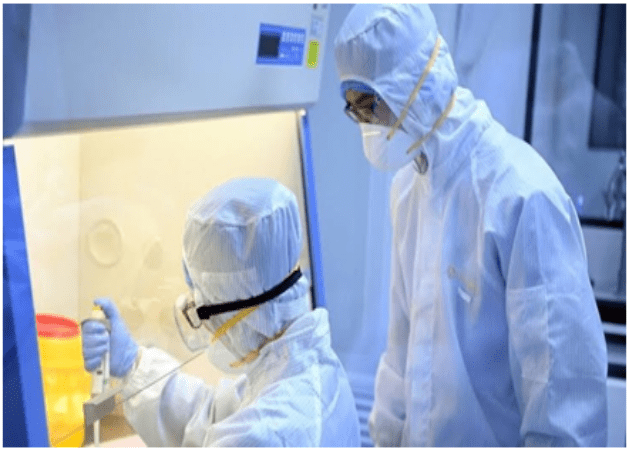This discovery will be shared with the World Health Organization (WHO) in the hope it may help efforts to diagnose and treat the virus and could be a game-changer for this deadly disease. The team of scientists grew the virus from a patient who had been infected since Friday.
Doherty Institute lead scientist Julian Druce, who was there with Dr Catton at the moment of discovery, described it as a significant development in the global understanding of the virus, and for the response to it.
Scientists in China have also recreated the virus and shared its genome sequence, but not the virus itself. The outbreak has killed 132 people in China and infected close to 6,000.
Growing the virus will also help experts understand more about how coronavirus behaves. The Doherty Institute is the second lab in the world to copy the disease. A lab in China was the first, but did not share its discovery with the WHO.
Dr Catton, who is also the pathologist supervising at The Doherty Institute, said Australian scientific facilities were well prepared to deal with outbreaks like the coronavirus.
“This virus qualifies as a three out of four, so it’s a level three virus and that’s based off our understanding of SARS (severe acute respiratory syndrome) and MERS (Middle Eastern respiratory syndrome), which are its close cousins,” Dr Catton said.
Researchers at a specialist lab in Melbourne, Australia, said they were able to grow a copy of the virus from an infected patient. The sample was sent to them last Friday.
“We’ve planned for an incident like this for many, many years and that’s really why we were able to get an answer so quickly,” said Dr Mike Catton of the Peter Doherty Institute for Infection and Immunity.
Doctors said the copy could be used as “control material” for testing and “will be a game changer for diagnosis”.
“An antibody test will enable us to retrospectively test suspected patients so we can gather a more accurate picture of how widespread the virus is, and consequently, among other things, the true mortality rate,” said Dr Catton.
“It will also assist in the assessment of effectiveness of trial vaccines.”
According to the WHO, the incubation period can range from two to 10 days.
The number of virus cases in China have jumped rapidly, despite authorities scrambling to contain its spread. Chinese authorities have taken extensive action to effectively lock down Wuhan in Hubei province, where the virus originated, and surrounding cities.
WHO is to study the discovery and is planning to find the solution to treat coronavirus with the help of the team, along with Australian scientists.





